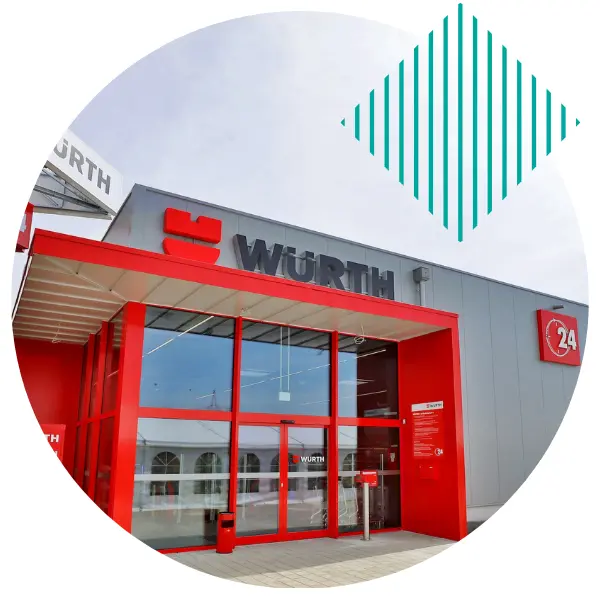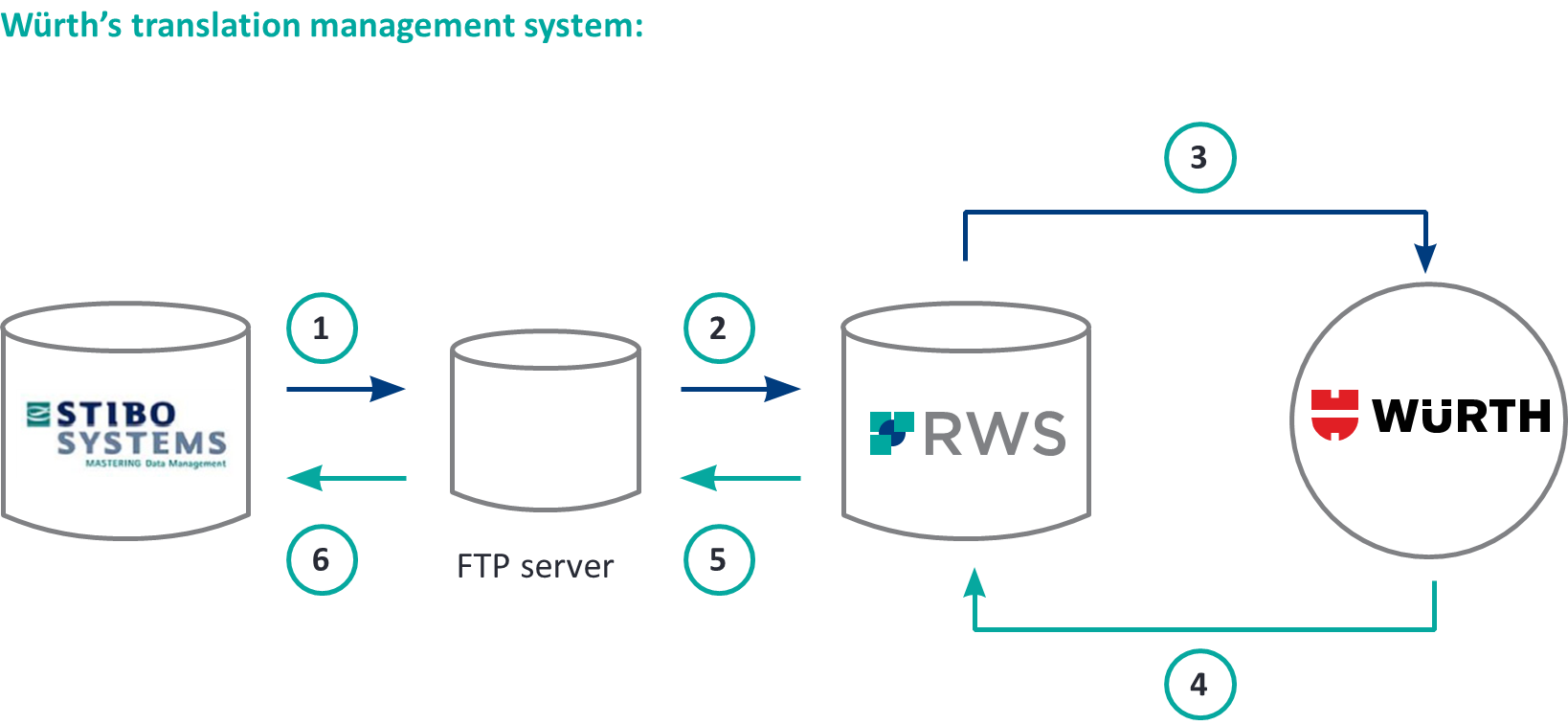
Translation management at Würth: Putting quality and service into words
Würth localizes content for 60+ online shops
Website: www.wuerth.com

The Würth Group includes more than 400 companies, all of which share a common brand promise. With markets in 80 countries around the globe, Würth turned to RWS to help them communicate effectively with customers in their own language.
The Würth Group’s position as a global market leader in the development, manufacture and sale of assembly and fastening materials is largely thanks to the high quality of its products and services.
However, ambitious growth targets, strong competitive pressure and the increasing digitalization of the supplier/customer interface all required new business processes. To help facilitate this, the Würth Group entered into a partnership with RWS to ensure that its e-business solutions remain consistent, up to date and comprehensive, in all its markets.
The Group’s core business, Würth Line, is a global market leader, which on its own has more than 125,000 products – from screws, screw accessories and anchors to tools, chemical and occupational safety products. In addition, associated trading and production companies, which the Group refers to as its ‘Allied Companies’, are active in adjacent business areas, such as electrical wholesale, electronics and financial services.
Challenges
- Centralize translation management and automate and integrate processes
- Reduce translation costs and delivery times
- Handle higher translation volumes for global online shops, apps and printed materials
- Ensure high-quality translations across all channels
- Standardize company terminology and corporate communications
Solution
- WorldServer (translation management technology)
- RWS Translation Services
Results
- 10 million words translated per year on average
- Localization of Würth master data into 43 languages
- Localization of marketing content into 26 languages
- Terminology management in 26 languages
- Localization of content for over 60 online shops
- Highly automated, integrated and centrally controlled translation management
- The TM ensures that the same content is not translated multiple times
- Compliance with translation standards and terminology across the company
- Lighter workload for national subsidiaries

